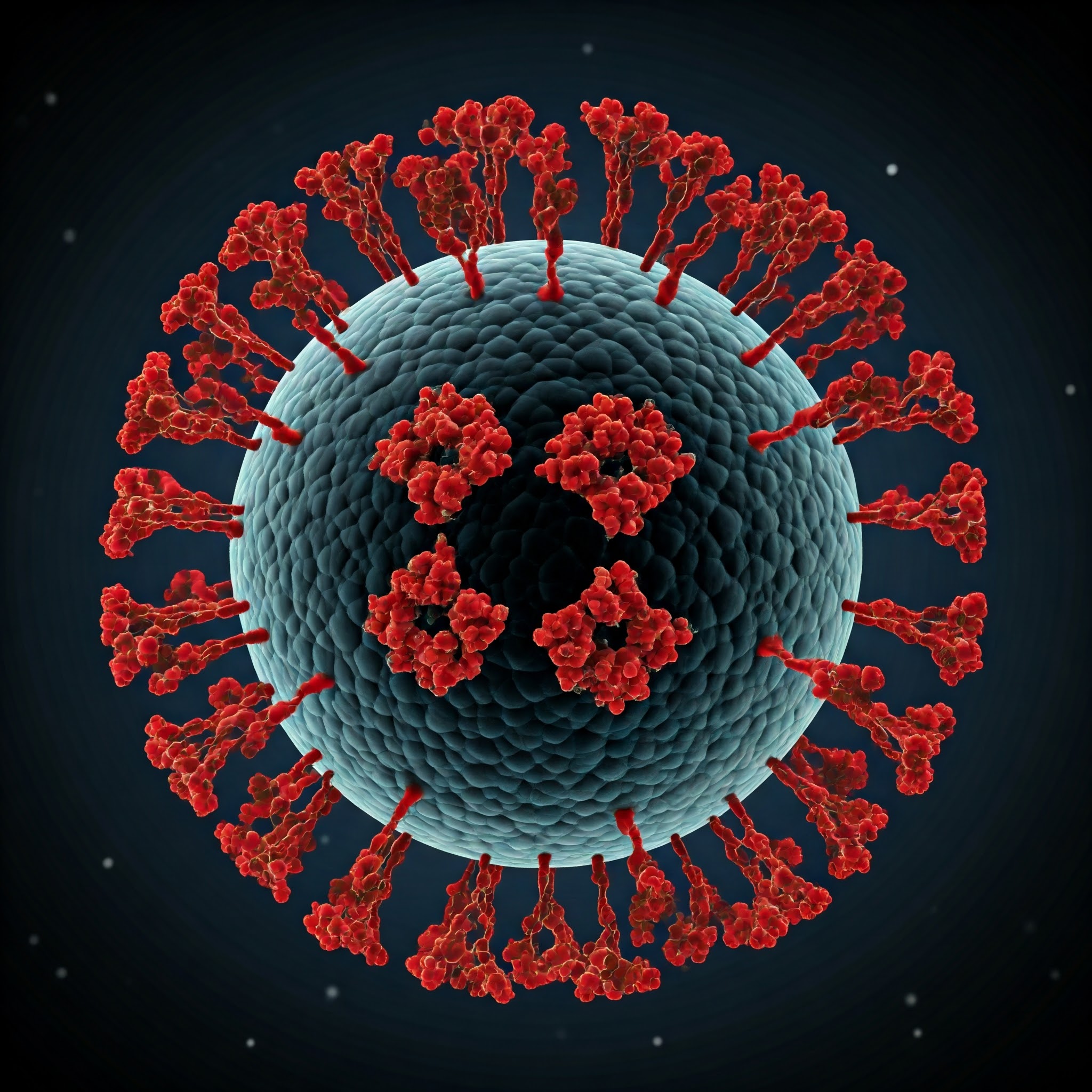Five years after the COVID-19 outbreak, researchers worldwide are still examining its consequences and, more crucially, how they may be lessened going forward. Texas Tech University’s lab was crucial to the search for the crucial hint that an international team of researchers may have just discovered.
In a study on bat genomes published in the scientific journal Nature, the Ray Laboratory, under the direction of Professor and Associate Chair David Ray of the Department of Biological Sciences, assisted in identifying the parts of a bat’s genome that have demonstrated more genetic adaptations in their immune systems than other animals.
According to the study, a gene found in some bats can cut the SARS-CoV-2 virus’s production by up to 90%, which may pave the way for novel therapeutic strategies to treat viral illnesses.
Bats have an amazing ability to resist some of the worst effects of viral infection that make us so vulnerable to certain diseases,
While we get very sick, the bats barely blink an eye when exposed to the same pathogens.
David Ray
According to Ray, his lab helped with the annotation of the bats’ genomic assemblies. The process by which scientists describe the genes, regulatory sequences, non-coding and coding sections, and other components of the genome is known as genome annotation. The transposable element (TE) portions of the assembly, where DNA fragments can replicate themselves and introduce mutations throughout the genome, were discovered by the Texas Tech lab.
According to Ray, bats have a distinct TE repertoire compared to other animals, which offers a potentially effective means of creating new genomic pathways to combat viruses like the coronavirus.
If every individual of a species was genetically identical, they would all have the same risk associated with infection – if one dies, they all die,
TEs are a great way for organisms to generate genetic diversity in the species, allowing some individuals to survive better in the face of environmental pressures like viral diseases.
David Ray
According to Ray, the work is a component of Bat1K, a broader global initiative that aims to sequence and compile the genomes of all 1,500 extant bat species. Frankfurt, Germany’s Senckenberg Research Institute and Natural History Museum served as its leader.
One of the primary researchers in the study is Michael Hiller, a member of the Senckenberg Institute and a professor of comparative genomics at Goethe University. He and Ray both serve on the Bat1K consortium’s executive board, and their connection made it ideal for Ray’s lab to conduct research with the global scientific community.
With a focus on TEs, the lab investigates genomes and genome evolution. In the past, they have studied the genomes of crocodiles, insects, bats, and other mammals. In the past, the lab has collaborated with organizations like the Texas Department of Wildlife and Fisheries, the U.S. Department of Agriculture, the National Science Foundation, and the state of Texas.
Also Read: The Two Proteins Involved in Alzheimer’s Disease Have Distinct Effects on Brain Circuitry
In this current study, researchers focused especially on the ISG15 gene, which is linked to a severe course of COVID-19 in humans. Bats are known to carry a variety of viruses, including human-transmittable ones, although when infected, they do not exhibit any symptoms of illness.
According to the study, the bats’ ISG15 gene can cut the SARS CoV-2 virus’s production by 80–90%. In contrast, this study found no antiviral effect of the human genome’s ISG15 gene.
These promising results can be used as a basis for further experimental studies, which are necessary to decipher the unique adaptations of the bats’ immune system.
Michael Hiller
Source: Texas Tech University
Journal Reference: Morales, Ariadna E., et al. “Bat Genomes Illuminate Adaptations to Viral Tolerance and Disease Resistance.” Nature, 2025, pp. 1-10, DOI: https://doi.org/10.1038/s41586-024-08471-0.
Last Modified:







